
Jeff Royer
Jeff Royer is a fourth generation family farmer located in southwest Iowa. “My grandmother’s uncle and aunt started farming here in 1901. When my grandparents bought it in 1952 they raised corn, oats, alfalfa, fed cattle and finished raising 4 kids here. My parents grew corn, soybeans, alfalfa, cared for cows-calves and raised 5 kids here in the 60’s – 80’s. I began raising corn, soybeans, alfalfa for the equestrian market, and cows-calves in 84, and together with my wife are now bringing up 2 wonderful kids in this unique and scenic area of the midwest. I’ve been working with Steve Killpack for a number of years for precision ag technology and fertility recommendations. We started testing his ideas about seed optimization on our farm and have a great case study detailing how effective it has been on our fields.”
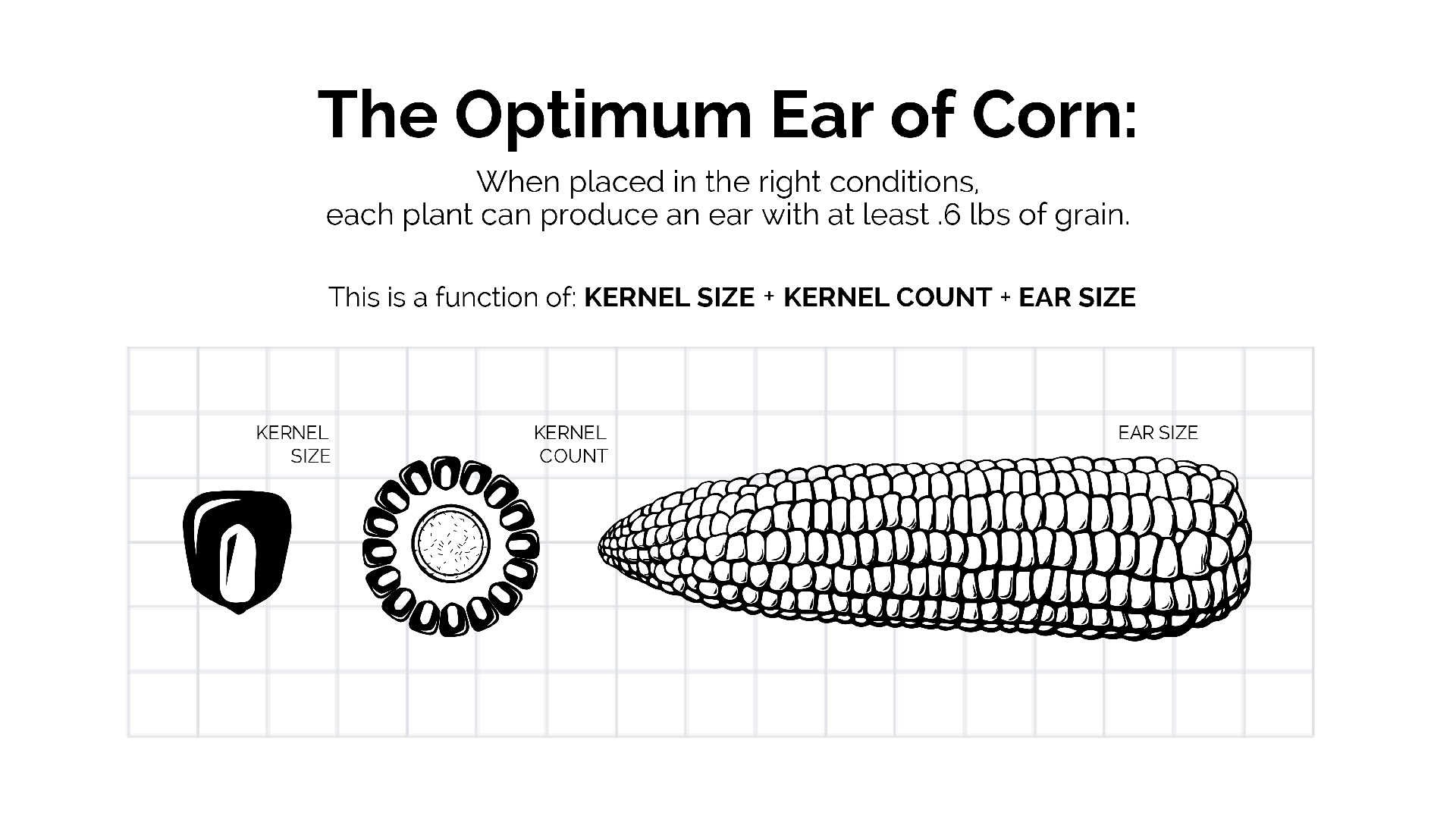
“We know that in the right conditions, each plant can produce an ear with at least .6 lbs of grain and yet the average ear weight is .33 lbs across most of the corn belt! That should tell us that our plants are not living up to their full potential. Ear weight is a function of kernel size, kernel count, and ear size. Typically, a heavier ear has larger kernels, greater kernel count and larger size or at least some combination of these factors,” says Steve.
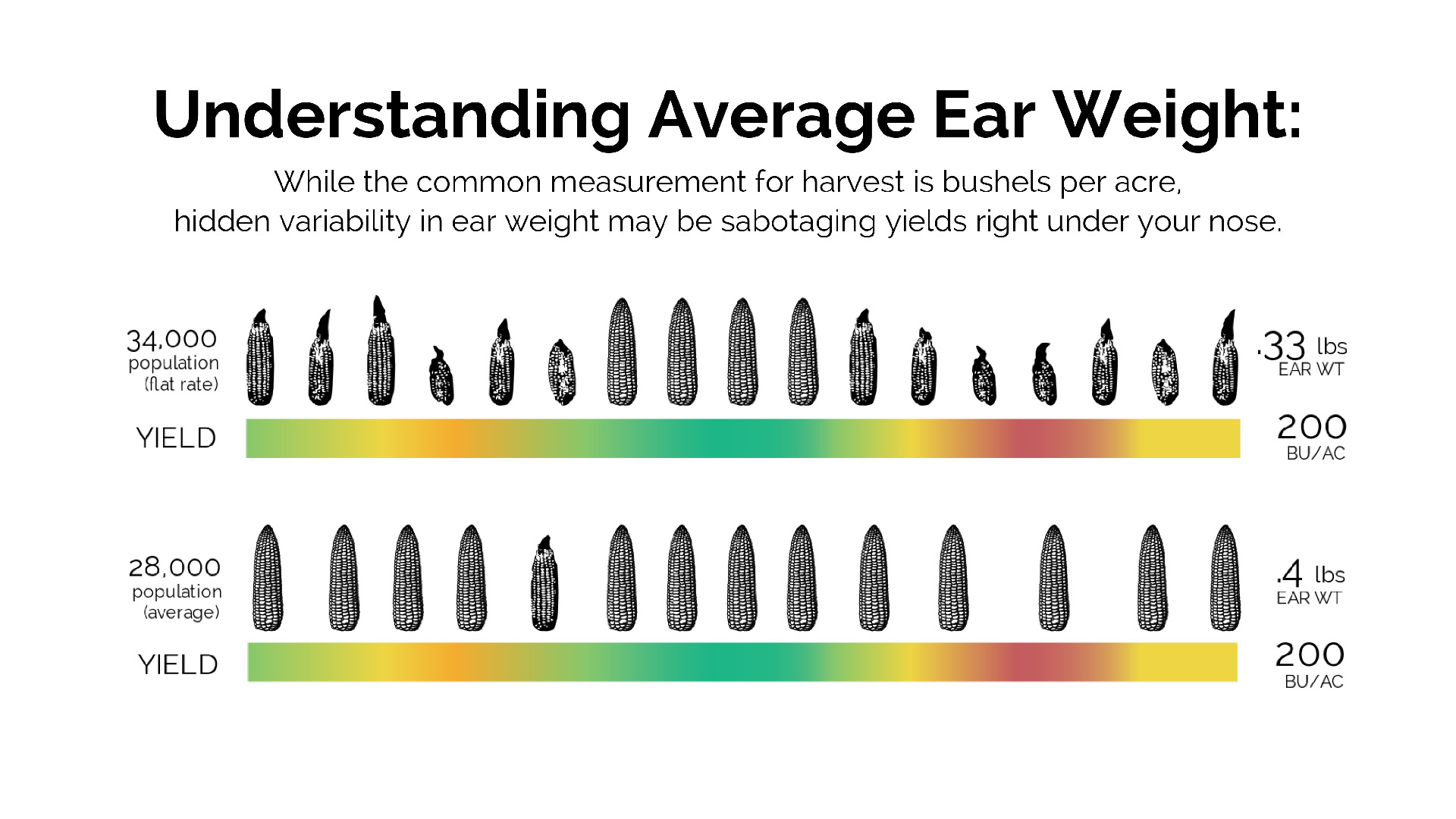
The first thing to understand is the false conclusion that the only way to increase yields is to push population. In order to get a 200+ bushel crop, we’ve all been told that we need to really increase the plants in the ground beyond 30,000 ppa toward 35,000 ppa or even more. The problem with that logic is that each one of those seeds theoretically carries the same genetic potential. That should tell us that our plants are not living up to their full potential. The problem is variation within the field, in the carrying capacity of the soil. That means if we pack in a flat rate, high population, we are seeding some areas too thick (and potentially some areas too thin)..
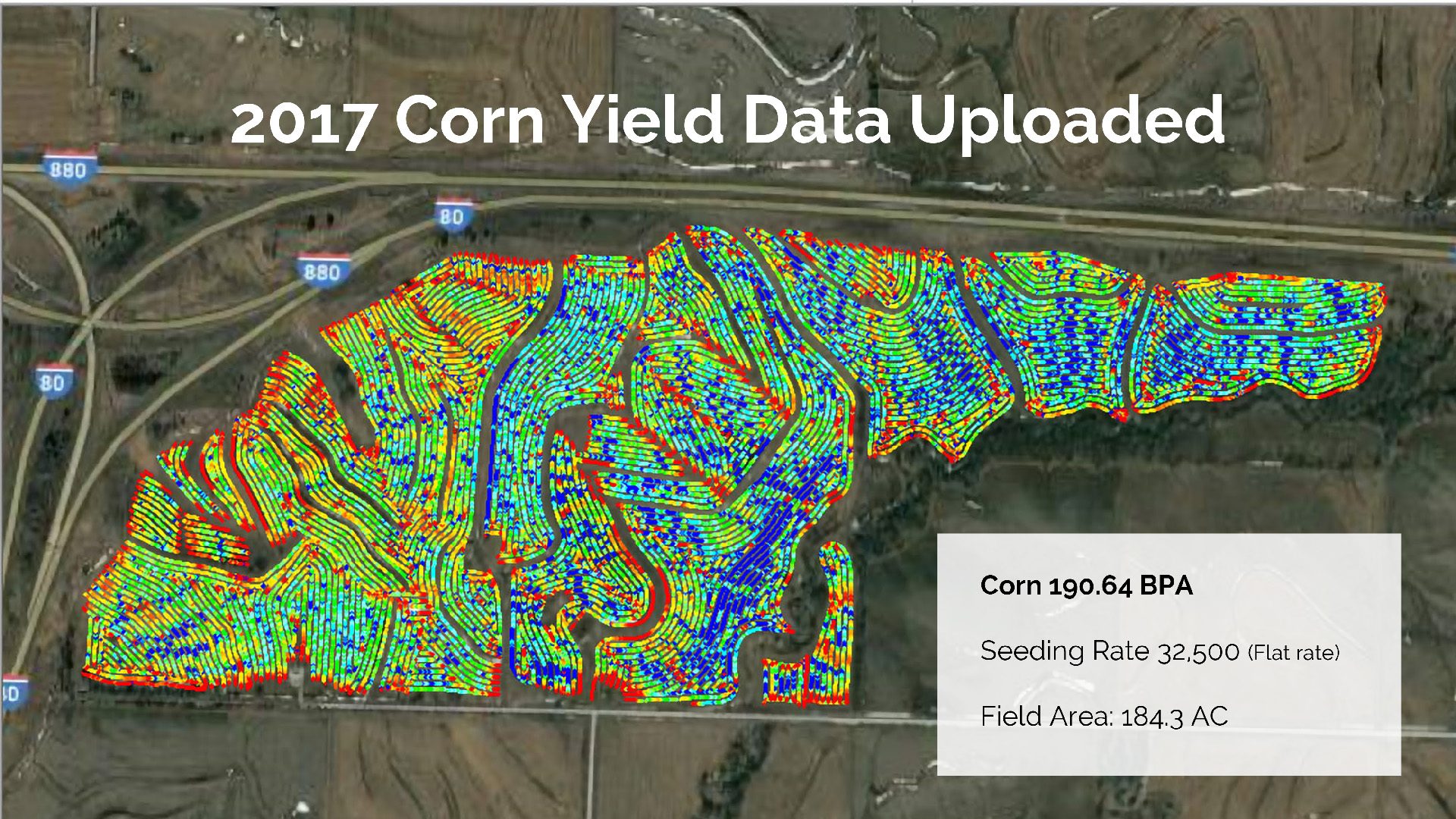
You have to start somewhere… I recommend uploading your best year’s data!
“2017 was a pretty decent year on this field,” said Jeff. Every field has variations in the soil and as you can see from the boundaries, there are a number of terraces and a creek on this field. We had a 190 bushel per acre average with a 32,500 flat rate seeding rate.
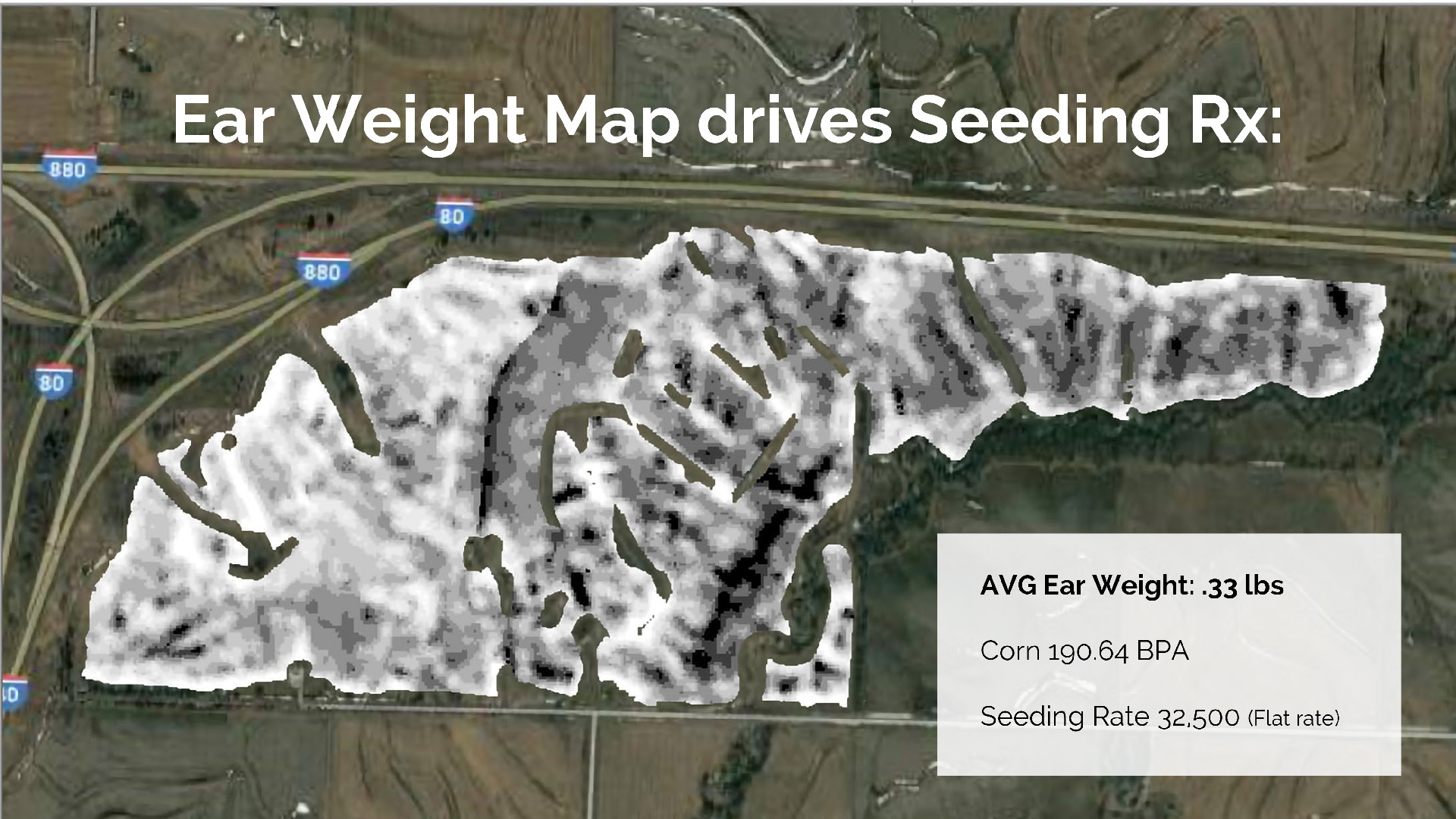
To understand the effect of ear weight on the yield of our field, Steve created this map showing areas of high ear weight (black) and low ear weight (white). So the ideal map would be solid black, meaning we had optimized for the carrying capacity of the soil in a particular area. This does not mean that there would be a major yield change, just that the plants that were there would be producing at a higher rate, thus giving me a better ROI as I could have the same yield with fewer seeds.
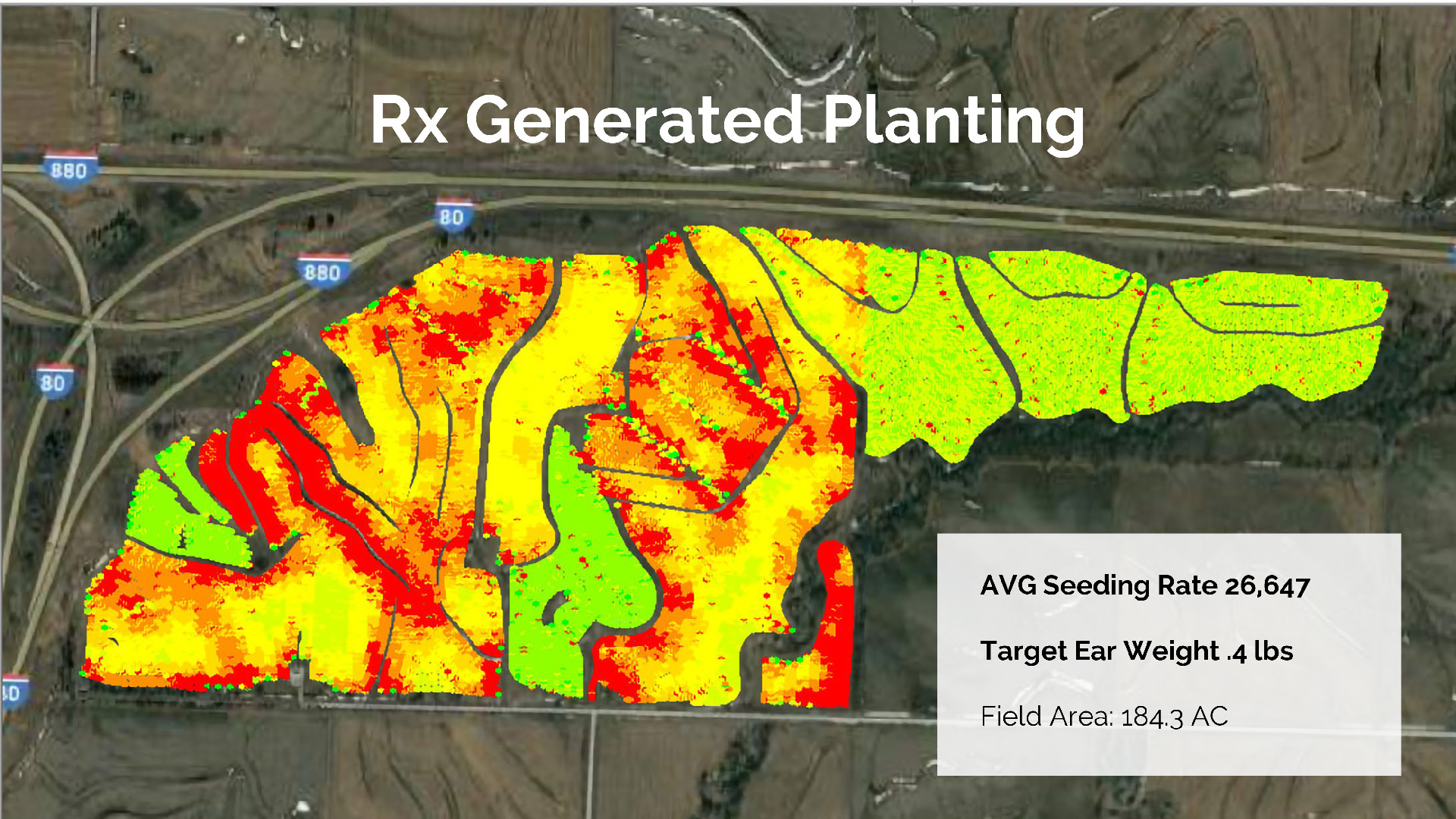
I wanted to see just how effective this variable rate seeding prescription could be. In the areas where the map above is green, I seeded at the previous 32,500 rate. The areas that are primarily red and yellow were seeded using the variable rate prescription system that is now SeedSite. We were trying to push the seeding rates lower and so our experimental areas really decreased the rate, pushing the average to something like 18% lower than my previous corn crop on this ground.
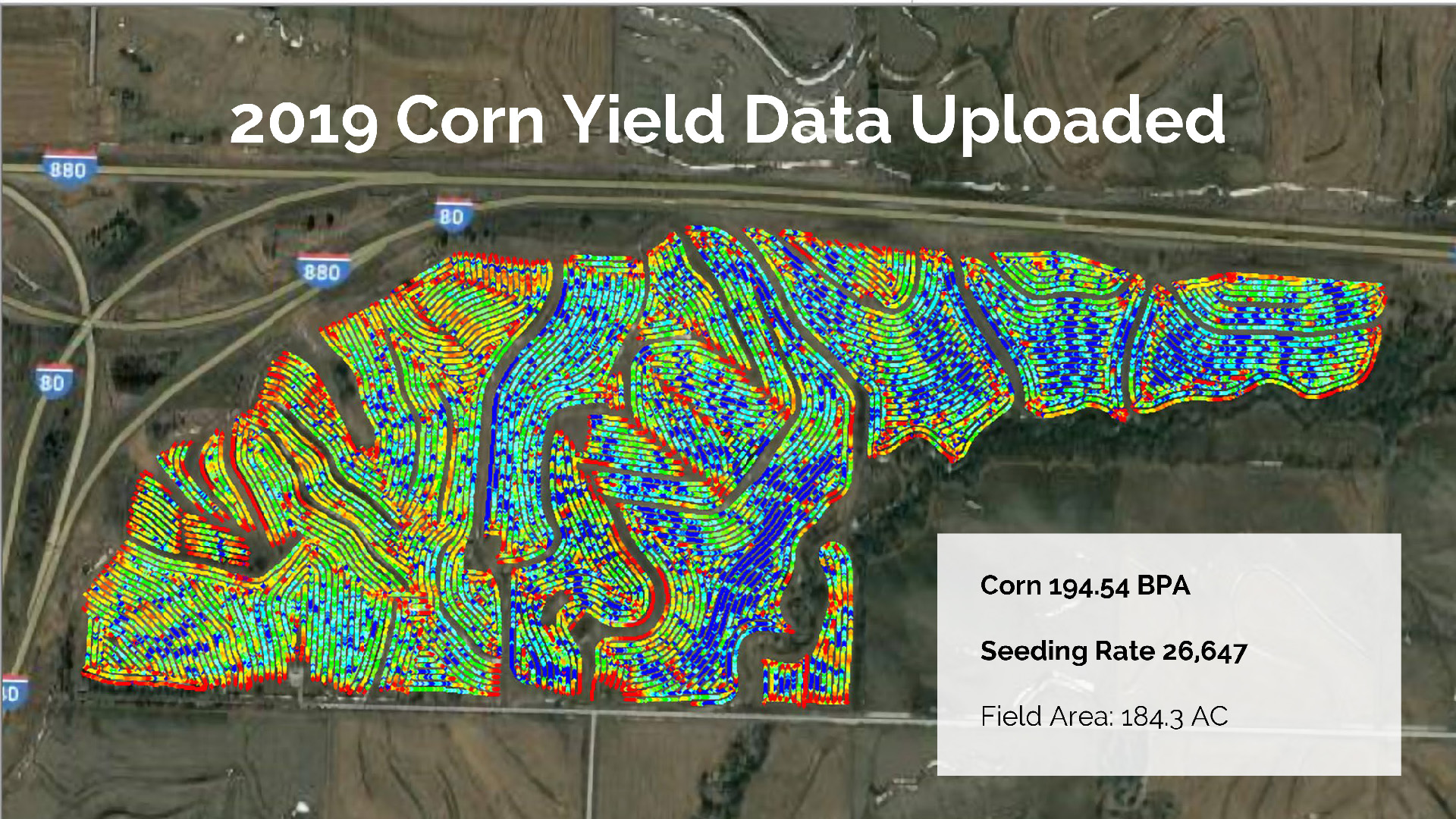
The proof really came out in the harvest! Even though I had saved 18% on my seed from the previous season, I was able to have a slight yield gain. That’s what I call instant ROI! But here is the part that I found to be particularly interesting. Because I was validating the prescriptions, the areas that I flat rate applied, especially the spot that is typically high yielding in the north east corner should be the areas I can rely on my previous higher plant population right?
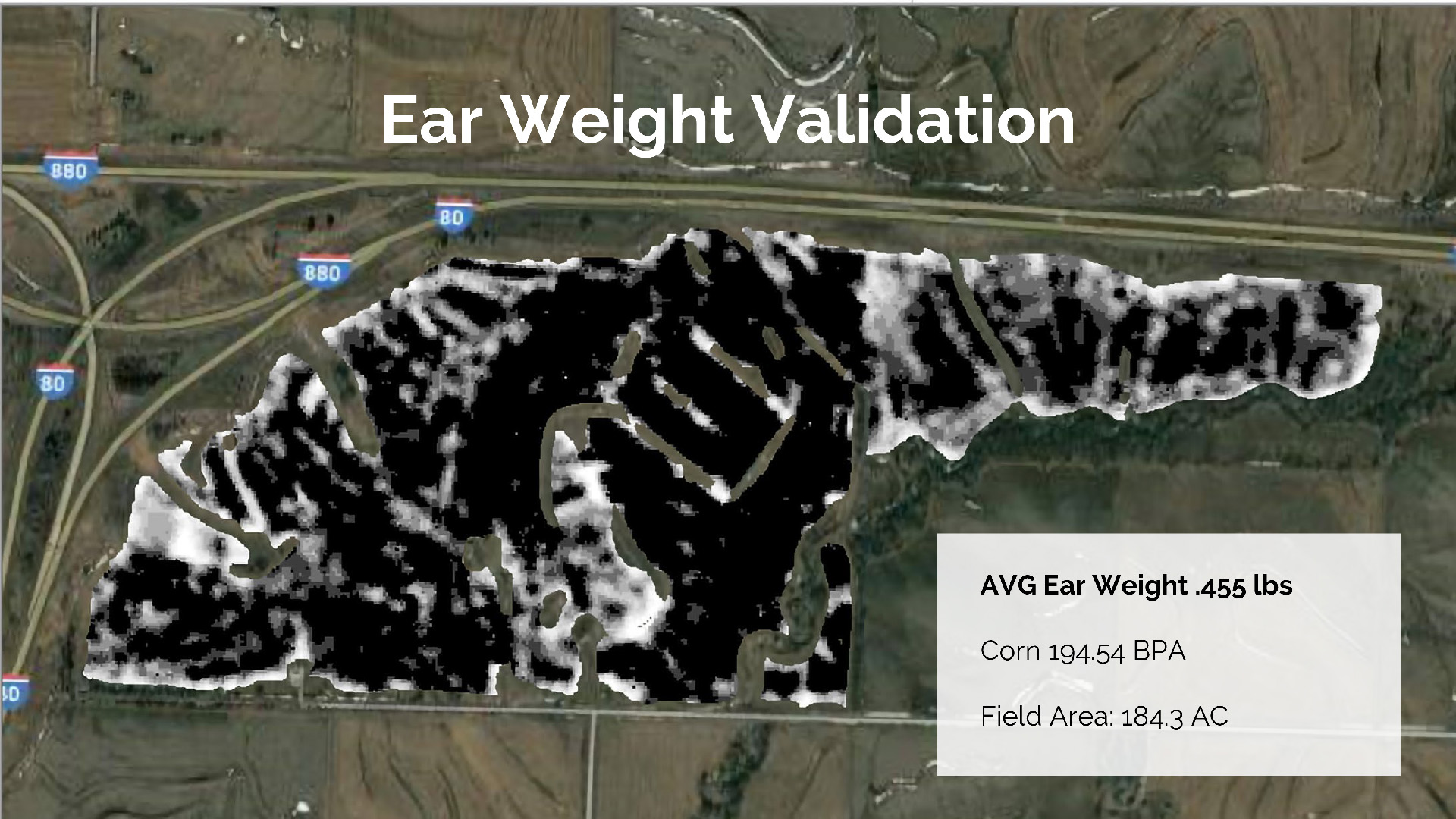
Well, check out the variation in those spots that were flat rated (remember the green areas from earlier)! The black areas are optimized for higher ear weight while the variable areas are flat rated at a high rate. Had I optimized the entire field, I would have likely experienced an even greater yield gain from the optimized areas and a totally black map.
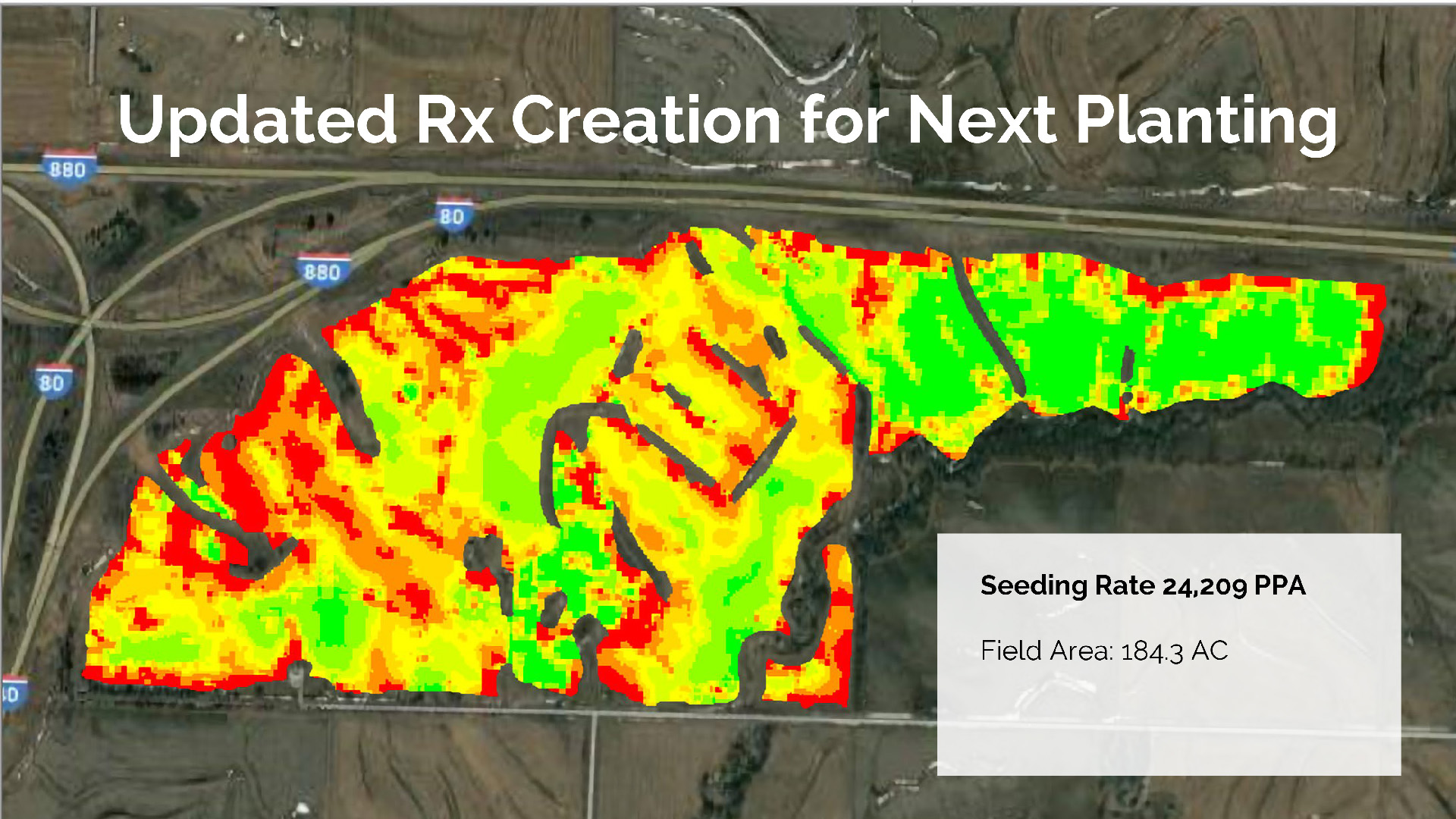
The next corn crop (slated for 2021) will have an average population of just over 24,000 plants per acre! That is a 26% seed savings from where I was 2 seasons ago. I’m excited to see where the seeding optimization takes me and what else I can optimize in the future. It’s hard to believe I can save so much with something so simple. This system has truly revolutionized my farming operation.
